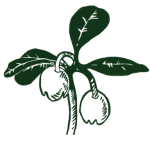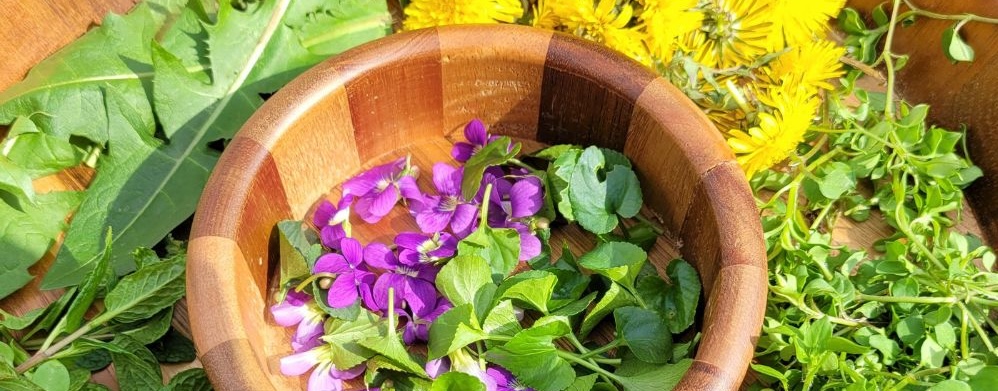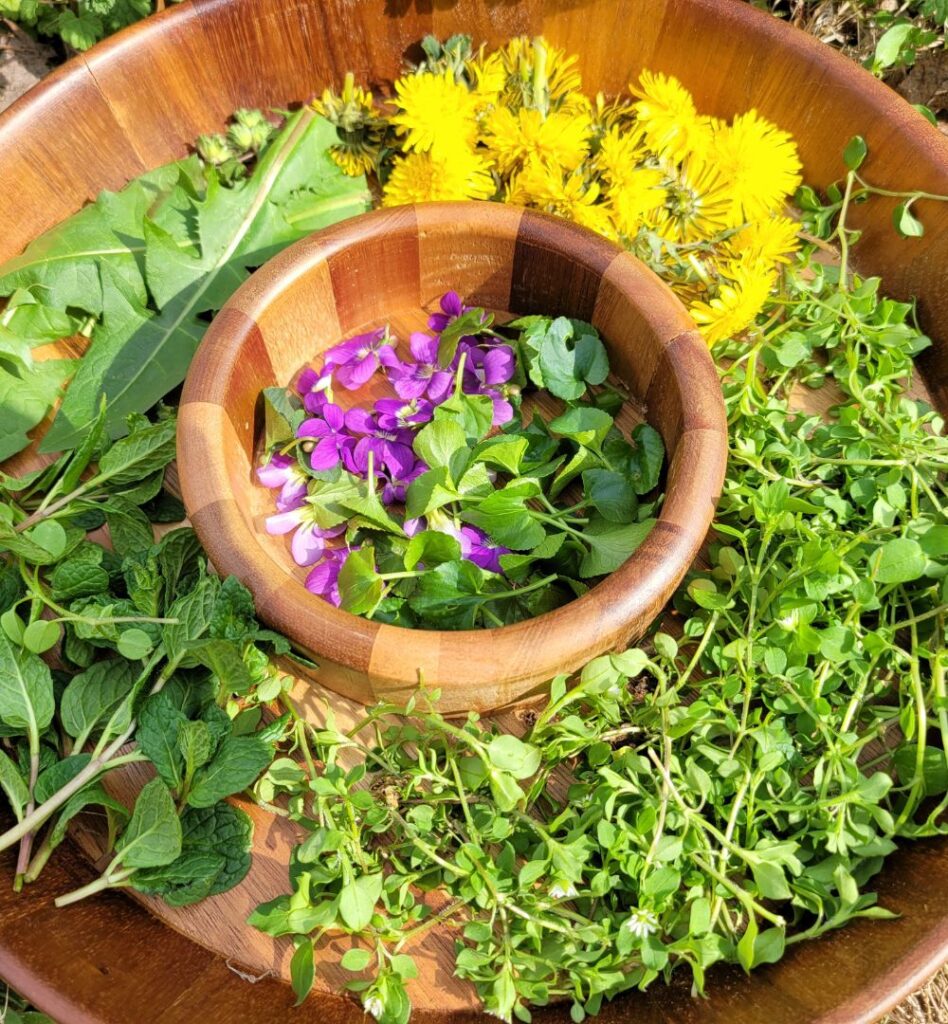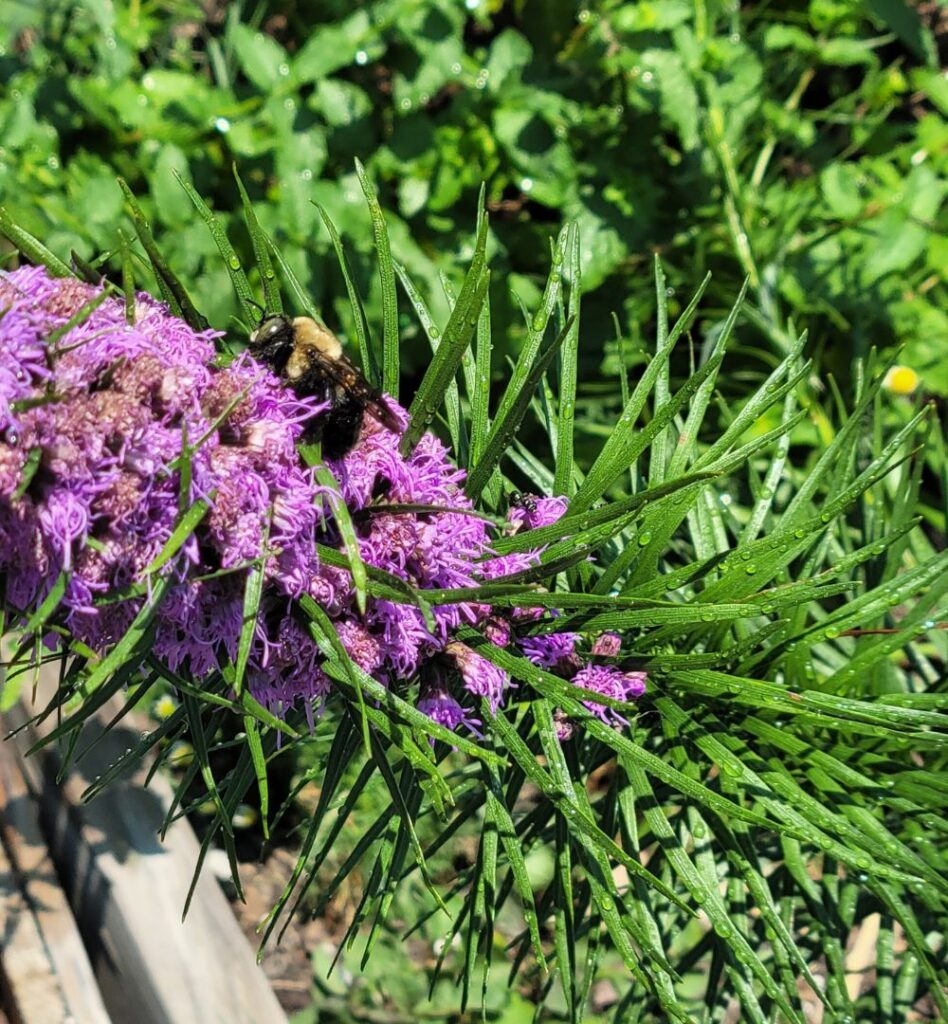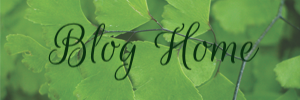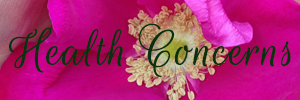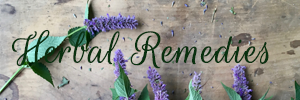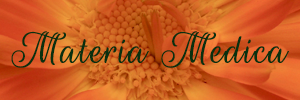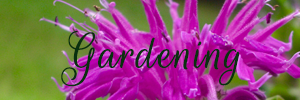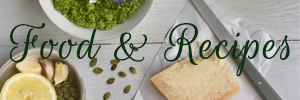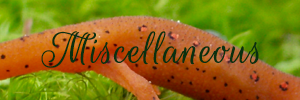Guest Blog!
We often say, “Don’t judge a book by its cover,” but the truth is, we do. It’s instinctive. You see a woman in a bright red dress, and what’s your first thought? “She’s so confident.” That’s the story the red dress tells. It doesn’t matter if inside she’s feeling shy or second-guessing herself—what we see shapes the story we believe.
Colors are like that. They’re storytellers, sending messages without words. They whisper to our emotions and guide the way we respond. The red of her dress is more than a simple color preference—it’s a signal. Red says power, energy, boldness. It’s why stop signs and warning labels are red—they demand attention.
—————
Introductory Note from Maria Noel Groves: I admire KhadiYah’s work and am so grateful to KhadiYah for writing this lovely blog on the healing power of colors and herbs for another way for you to consider and connect with the plants on my website. However, I do want to remind readers that color is only one aspect of plants and you should always connect with a plant on *many* levels before consuming in–knowing not only its color but what it does.
Plant colors offer themes and clues but will not alone suffice to tell you what a plant does and if it’s safe. Enjoy the blog!
————-
Now imagine the same woman in soft lavender. The story changes. Lavender says calm, gentle, approachable even… That’s the power of color—it shapes the way we think, feel, and interact, even when we don’t realize it.
Colors influence everything—our emotions, our focus, and even our energy.
And it isn’t just us humans who respond this way. Nature uses colors as its language too. That poison dart frog dressed in neon yellow, blue, or red? Those colors are a big, flashy “Stay away!” Red says, “Pay attention to me.” It’s the reason stop signs and fire trucks demand your focus. It is the color of love and heat but also danger and caution. But then there are colors like pinks and yellows in flowers, designed to say, “Come closer,” calling bees and butterflies to help pollinate and keep the cycle of life going. These colors aren’t random; they were carefully selected to attract or repel based on what the plant needs.
Colors tell us what a plant can do for us, just like that red dress told us something about the woman. The language of color is everywhere.
The colors in plants tell us about what’s inside them too. Yellow herbs, such as ginger or turmeric, are connected to digestion and warmth. Even the colors we see in fruits and flowers come from compounds like azulene, carotenoids, and flavonoids, each with a specific role in both the plant’s survival and our healing. When you know what makes a color, you can understand how it works on a deeper level, not just in plants but in us too.
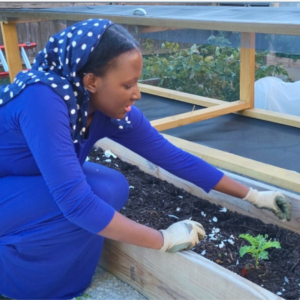 But what makes these colors? Colors are mathematical—red + yellow = orange. They’re chemical too, made of pigments and compounds like chlorophyll for green or anthocyanins for purple. It’s scientific, depending on how light bounces off something and reaches our eyes. Red reflects longer wavelengths of light, which is why it feels bold and intense. Blue reflects shorter wavelengths, giving it that calm, cool energy. When you understand what makes a color, you can start to see how predictable it is, not just in nature but in how it works in our bodies.
But what makes these colors? Colors are mathematical—red + yellow = orange. They’re chemical too, made of pigments and compounds like chlorophyll for green or anthocyanins for purple. It’s scientific, depending on how light bounces off something and reaches our eyes. Red reflects longer wavelengths of light, which is why it feels bold and intense. Blue reflects shorter wavelengths, giving it that calm, cool energy. When you understand what makes a color, you can start to see how predictable it is, not just in nature but in how it works in our bodies.
But understanding the “why” simply isn’t enough- how does color effect the body?…
Well, that depends, are we referring to the body of a plant of or ourselves?
 Let’s think about the rich green of a spinach or nettle leaf. That green comes from chlorophyll, the compound that “powers” the plant by turning sunlight into energy. The bitter taste of greens, like dandelion leaves, tells us they’re deeply cleansing, flushing toxins through the lymphatic system—which is also often depicted as green. While some might say the green color was chosen arbitrarily to represent the lymphatic system, it feels more intuitive, as though nature itself made the connection clear for us. Thus green = energy, nourishment and detoxification.
Let’s think about the rich green of a spinach or nettle leaf. That green comes from chlorophyll, the compound that “powers” the plant by turning sunlight into energy. The bitter taste of greens, like dandelion leaves, tells us they’re deeply cleansing, flushing toxins through the lymphatic system—which is also often depicted as green. While some might say the green color was chosen arbitrarily to represent the lymphatic system, it feels more intuitive, as though nature itself made the connection clear for us. Thus green = energy, nourishment and detoxification.
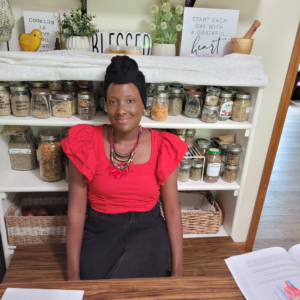 Now think of red plants, like hibiscus or beetroot. Red speaks to the heart and the blood, being the color of passion and life itself. The compounds that create red, such as anthocyanins, protect our cells, strengthen blood vessels, and improve circulation. These pigments have specific jobs. The fiery red of a cayenne pepper signals capsaicin, which stimulates circulation and helps with pain relief.
Now think of red plants, like hibiscus or beetroot. Red speaks to the heart and the blood, being the color of passion and life itself. The compounds that create red, such as anthocyanins, protect our cells, strengthen blood vessels, and improve circulation. These pigments have specific jobs. The fiery red of a cayenne pepper signals capsaicin, which stimulates circulation and helps with pain relief.
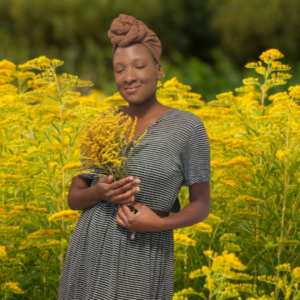 Yellow, on the other hand, warms and heals, supporting digestion and boosting energy. Take calendula, for example—a plant with vibrant yellow or orange petals that are both cheerful to the eye and soothing to the skin. Its active compounds, including carotenoids, flavonoids, and saponins, help heal wounds, reduce inflammation, and protect against infections. But the benefits go beyond the physical. Colors like yellow shape how we feel and think. A field of sunflowers naturally uplifts our mood, and even the scent of citrus fruits can energize us. It’s no coincidence that many of the herbs we turn to for healing also provide emotional comfort.
Yellow, on the other hand, warms and heals, supporting digestion and boosting energy. Take calendula, for example—a plant with vibrant yellow or orange petals that are both cheerful to the eye and soothing to the skin. Its active compounds, including carotenoids, flavonoids, and saponins, help heal wounds, reduce inflammation, and protect against infections. But the benefits go beyond the physical. Colors like yellow shape how we feel and think. A field of sunflowers naturally uplifts our mood, and even the scent of citrus fruits can energize us. It’s no coincidence that many of the herbs we turn to for healing also provide emotional comfort.
So, the next time you see a vibrant red pepper, a golden flower, or a leafy green herb, take a moment to pause.
What is its story?
What is it trying to tell you?
Colors are more than just what we see. They shape our emotions, unconsciously direct our actions, and even help us heal. And when we start to learn what they mean, both in nature and in our own lives, we unlock a whole new level of understanding. So yes, we judge books by their covers, but maybe the real wisdom is in learning to read the cover’s story more deeply. Colors are there to teach us if we are willing to listen.
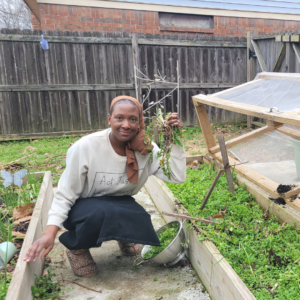 KhadiYah Preciado is a passionate author, herbal teacher, and mother dedicated to empowering others to reconnect with nature’s healing power through African-centered and biblically aligned herbalism. As the founder of Yah’s Apothecary, she combines her professional expertise with personal experience to empower others to heal their bodies, nurture their families, and build thriving herbal businesses. When she’s not teaching or blending remedies, homeschools her children, cultivates her herbal garden, and mentors women who want to reclaim their health and their purpose.
KhadiYah Preciado is a passionate author, herbal teacher, and mother dedicated to empowering others to reconnect with nature’s healing power through African-centered and biblically aligned herbalism. As the founder of Yah’s Apothecary, she combines her professional expertise with personal experience to empower others to heal their bodies, nurture their families, and build thriving herbal businesses. When she’s not teaching or blending remedies, homeschools her children, cultivates her herbal garden, and mentors women who want to reclaim their health and their purpose.
This guest blog and all photos are courtesy of KhadiYah.
Grab a free copy of KhadiYah’s free e-book on Blossoming Beyond Mistakes here.
(a few steps and opt-in to KhadiYah’s list required)
Follow and Learn More from KhadiYah at
Youtube https://www.youtube.com/c/herhealthyhome
The statements made on this blog have not been evaluated by the FDA and are not intended to diagnose, prescribe, recommend, treat, cure, or offer medical advice. Please see your health care practitioner for help regarding choices and to avoid herb-drug interactions.
The views expressed in this post are KhadiYah’s own and do not necessarily reflect the views of Wintegreen Botanicals, Maria Noel Groves, and the WB team.
